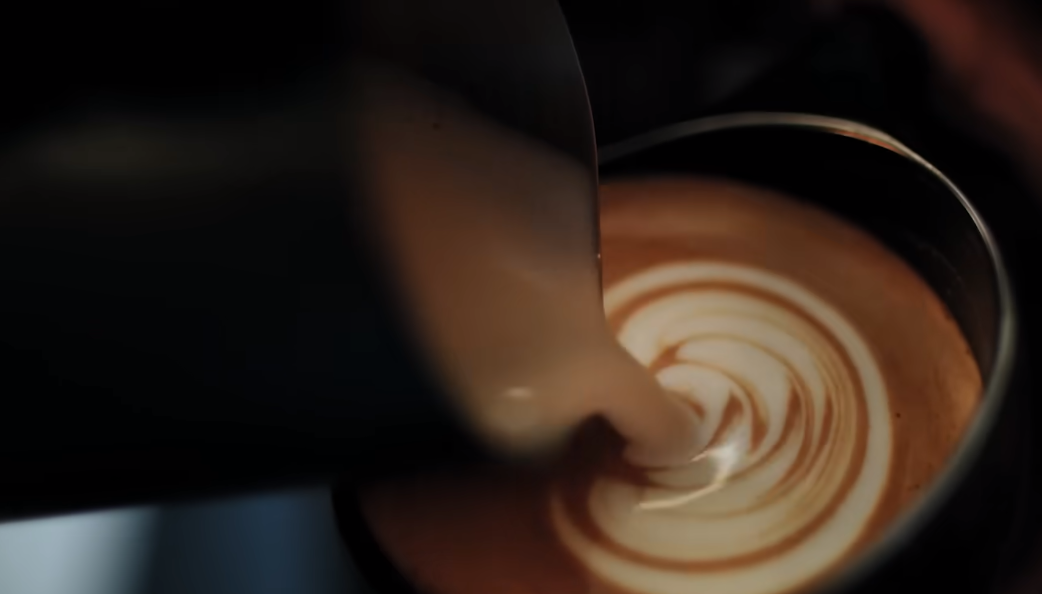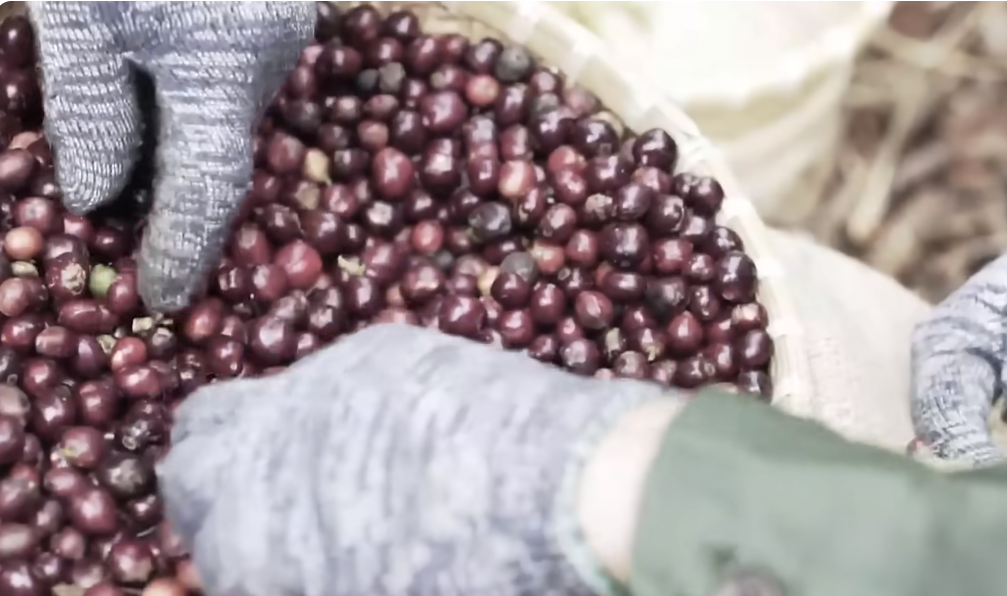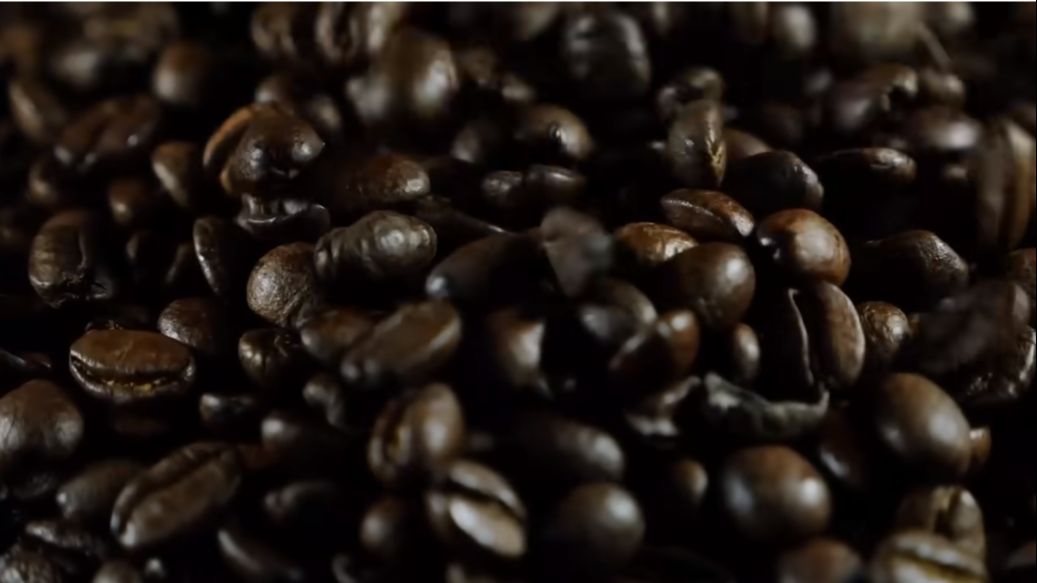When the French brought the first coffee beans to Vietnam in the late 19th century, no one thought that today Vietnam would become one of the coffee kingdoms of the world. Vietnam is the largest producer of Robusta coffee in the world, ranking second in export volume after Brazil. It is not an exaggeration to say that the whole world is waking up with Vietnamese coffee, but have you ever wondered why, although it is an imported plant, Vietnamese coffee can conquer the most discerning palates around the world? In the 19th century, the French introduced coffee to Vietnam when they invaded our country.
In 1857, French missionaries brought Arabica to the S-shaped land, followed by two other types of coffee, Robusta and excelsa, in 1908. By 1914, the French chose Buon Ma Thuot as the specialized area for Robusta coffee cultivation, based on thorough research on soil, climate, and altitude. By 1922, the red basalt land of Dak Lak was quickly covered in a vast green with coffee plantations managed by the French. With its quality and distinctive natural aroma, the robust flavor of Buon Ma Thuot Robusta coffee was primarily exported to France at that time.

Only a small number of people working for the French government had the opportunity to enjoy coffee in a Western lifestyle. Meanwhile, ordinary laborers viewed it merely as an energy-boosting drink for work. The coffee culture of Vietnam at that time had not yet been shaped into any specific standard. By 1986, the country entered a period of opening up and participating in globalization, promoting economic and social development nationwide. In Dak Lak, the government encouraged the widespread cultivation of coffee among the people, forming large concentrated coffee-growing areas in Buon Ma Thuot city and neighboring districts.
Coffee beans have become the golden beans of Dak Lak, with many businesses participating in coffee production and processing, bringing the Vietnamese coffee brand to the world, especially in Italy, the country ranked first in coffee consumption and appreciation, home to globally beloved coffee drinks like espresso and cappuccino, which have the highest quality demands and have recently increased imports of coffee from Vietnam. In 2003, the country imported 150.13 thousand tons of Vietnamese coffee. Robusta coffee also dominated the coffee market in Italy with a 56% market share in 2023. This appeal primarily lies in the coffee beans themselves; the tropical monsoon climate in Vietnam is very suitable for coffee growth, especially for high-quality coffee types like Arabica and Robusta, but the highest yield and best quality remain Robusta.

High-yield and high-quality farms are located in Dak Lak, Gia Lai, and Buon Ma Thuot. However, the most delicious coffee varieties are known to come from Da Lat, Lam Dong, thanks to the ideal altitude, temperature, water, and light conditions. The greatest advantage of Robusta is its caffeine content, which accounts for about 2 to 4% of the coffee bean, while Arabica only accounts for about 1 to 3%. Clearly, Robusta is a very strong coffee variety. Most people always assume that Arabica is inherently better than Robusta. However, this is a somewhat biased view; in fact, this coffee, when processed wet, can yield a quality even higher than that of regular Arabica coffee.
Bitterness is the most characteristic flavor of Robusta, with various taste profiles ranging from neutral to very strong. When smelling unroasted Robusta coffee, one can detect a fresh bean scent; when roasted, it has the distinctive aroma of dark chocolate, slightly burnt caramel, or even a hint of burnt rubber. Therefore, bitterness is also a prominent feature of Vietnamese coffee. However, this is not an unacceptable bitterness as many people might think. The bitterness of Vietnamese coffee is a combination of bitterness and sweetness, providing a rich and strong sensation for the drinker. This uniqueness can be explained by many factors, including the type of coffee used, the brewing method, and the preparation method.
Burnt caffeine creates a bitter aftertaste with each sip of coffee that flows down the throat, and instead of using coffee machines or traditional brewing methods from many other countries, Vietnamese people have created a unique brewing method called phin coffee. This method requires the brewer to have skills and knowledge to make the best cup of coffee; the brewer puts ground coffee into the phin, then slowly pours hot water over it to allow the coffee to soak evenly. The phin brewing process takes longer than using a coffee machine but results in a more distinctive and richer flavor.
From pure coffee, Vietnamese people have created countless unique ways to enjoy it, depending on the brewing method and drinking style, which can reveal the personality and age of each individual. In each region of Vietnam, there are different ways to enjoy coffee; people in the South prefer iced coffee with lots of sugar and milk to enhance the sweetness, while those in the North prefer strong coffee in small cups, enjoyed while still hot. Another special version is egg coffee, a legend of Hanoi.

There is no record of when egg coffee originated, but it is known that by 1946, this special drink had become famous. At that time, a young man named Nguyen Van Giang was making coffee at the Metropol Hotel in Hanoi. The coffee was brewed quite weakly and mixed with milk, but one time, due to a lack of milk, he used eggs as a substitute. Surprisingly, this drink was highly appreciated and loved by many customers. After a while, he decided to quit his job at the hotel and opened his own coffee shop, with egg coffee as the signature dish. Now, egg coffee has been included in the menu of many cafes, but people still enjoy tracing back to its origins. Who would have imagined that the combination of the egg's fishy taste could balance the bitterness of coffee, but once tasted, even the pickiest customers are captivated by the rich sweetness of a strong iced coffee, the bitterness of the coffee, and the creamy smoothness of whipped eggs combined with butter and milk, creating a distinctive and unforgettable drink of Hanoi.
Imagine being in a nostalgic space filled with rustic and cozy Diem Xua charm, enjoying a hot cup of egg coffee, chatting with friends; it truly leaves an unforgettable impression. Here, we cannot forget another factor that makes Vietnamese coffee the best in the world: the enjoyment space and coffee culture of the Vietnamese. For Vietnamese people, coffee is a drink that is very suitable for sipping alone while reading a good book or listening to music. Coffee is also a drink that has a high ability to connect communities; it is a common phrase that Vietnamese people often use to suggest gatherings with friends and family. With a rich bitterness on the tip of the tongue and a hint of creamy aroma like the smell of hidden earth.

Coffee satisfies the taste buds and relaxes the mind; moreover, coffee is a very effective savior when people need alertness and energy to focus on work. The caffeine in coffee activates brain activity, helping people to be more alert, clear-headed, and creative. Today, coffee is present everywhere, from street-side cafes to luxurious establishments, and Vietnamese people can drink coffee anytime, anywhere, very naturally. Coffee has deeply penetrated the spiritual life of the Vietnamese. While Western countries view coffee as a quick, convenient drink to go, we take everything slowly with coffee. Each drop of coffee slowly drips into a glass after passing through the phin, like the ticking of a clock; while waiting for the coffee to finish dripping, everyone chats or simply admires the streets.
The culture of enjoying coffee in Vietnam is also special in that we prefer street-side cafes, enjoying coffee outdoors rather than in luxurious shops. If you visit Vietnam, you can easily find coffee shops with just a few plastic tables and chairs, yet they are always crowded with the sound of lively conversations. It seems that there is no longer a distance, and everyone becomes close and comfortable with each other. This is an experience that many tourists want to try; they eagerly look forward to watching each drop of black coffee trickle through the phin, blending with the vibrant atmosphere around.
Vietnamese coffee is delicious partly because of the culture of enjoyment that intertwines flavor and life. In summary, the beloved taste of Vietnamese coffee depends on key characteristics such as the distinctive coffee beans from each region of Vietnam, the coffee drinking style of the Vietnamese, and the space in which people enjoy coffee. These characteristics and differences create the feeling of a standard Vietnamese cup of coffee in the minds of Vietnamese people and friends from all over the world.
